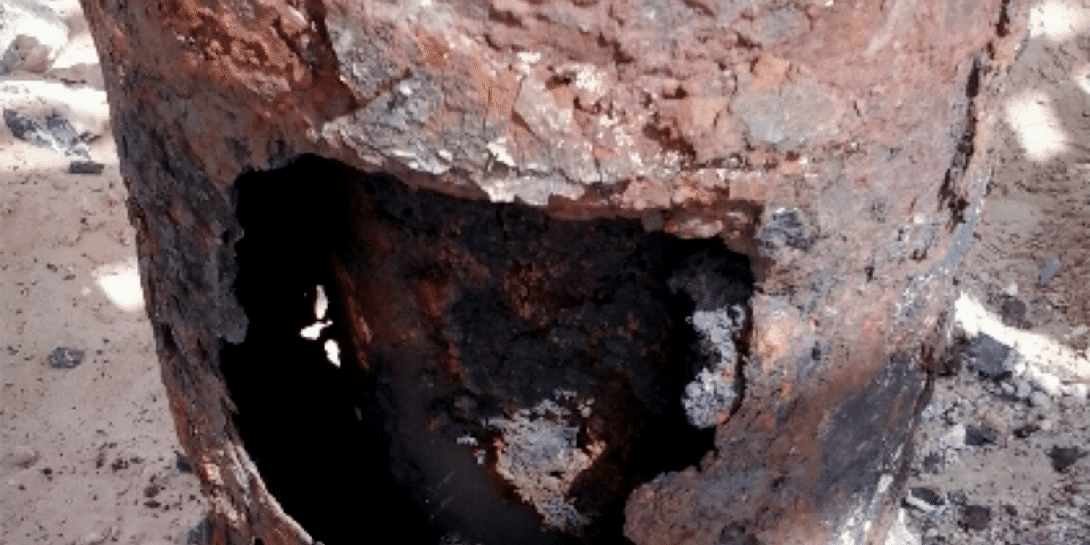Article featured in Oil and Gas Middle East
Well systems vary in complexity and cost, but they all share one fundamental duty – to transport pressurised fluids between the subsurface and surface safely, productively and profitably. And they must do so unfailingly, whilst exposed to extreme working conditions for many years, often decades.
This article will look at some of the key issues surrounding integrity management, including threats to well system integrity such as corrosion and new diagnostic strategies that are addressing them in the Middle East.
Maintaining the integrity of a well system is critical for its long-term future. Integrity failures vary in severity but in most cases can prevent the well system from functioning properly. An article by R.J. Davies contains integrity statistics from 25 different studies that reveal failure proportions around the world from 2% to 75% in more than 380,000 wells. Other frequently quoted statistics refer to alarming failure proportions in major producing areas such as 45% in the Gulf of Mexico and 34% in the UK North Sea. Integrity failures at these levels would never be tolerated by other industries, such as the airline or chemical processing sectors – so we clearly have a responsibility to improve integrity performance in ours.
Technically, well integrity depends on the collective performance of multiple ‘barriers’ that are designed to ensure that the right well fluids consistently travel to and from the right places – without compromise. Such barriers include steel tubulars, cement, valves, wellheads and a plethora of other components that form and protect precise fluid flowpaths.
To achieve this, well barriers need to have two fundamental properties – they need to be in good mechanical ‘condition’, and they need to ‘seal’. Surprisingly, despite the intimate relationship between these properties, satisfying one doesn’t imply that the other is also satisfied. A barrier may appear to be in good condition, but may not be sealing, or a barrier may be in poor condition yet still be sealing. The latter condition may be temporarily fortuitous, but poor barrier condition will eventually lead to seal failure.
This strangely inconsistent relationship between condition and seal becomes more pronounced when we try to evaluate each properly using industry-accepted diagnostic methods.
Take acoustic ‘cement bond’ or imaging techniques – used for decades to infer the success of a ‘cement job’ and annulus integrity. Advanced ultrasound scanning systems can reliably assess the strength and annular extent of the cement but cannot confirm if the cement is sealing. Similarly, multifingered calipers provide an accurate means of measuring the internal diameter of ‘primary tubulars’ and is often used to infer ‘wall thickness’ and condition – but this assumes that the outside surface diameter is ‘nominal’ or unscathed, and this may not be the case. Other examples of imperfect diagnostic techniques include using stand-alone temperature measurements or ‘spinners’ to locate primary tubular leaks. These work in certain circumstances, but not all.
